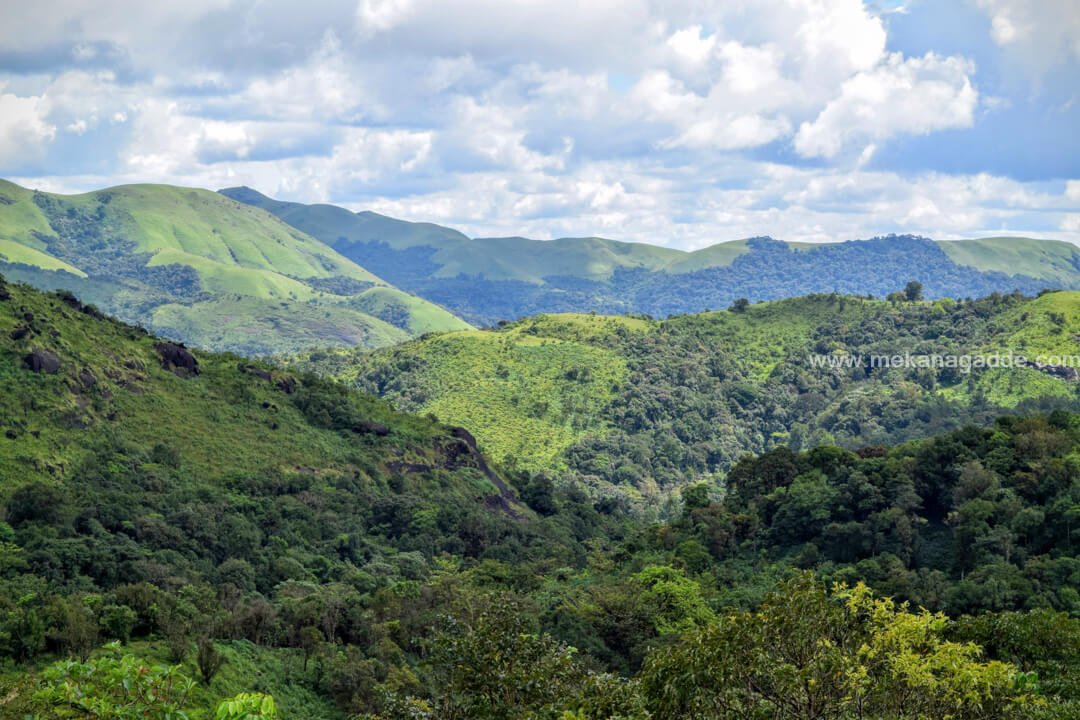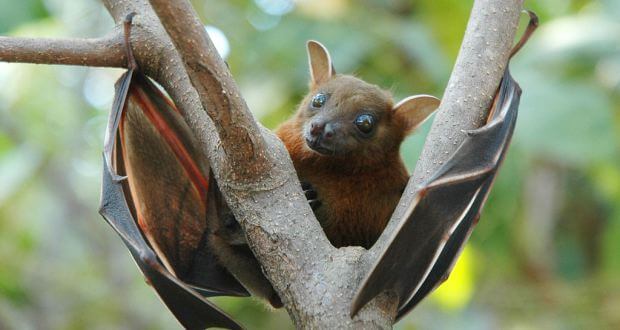Tag: Western Ghats of India
-

Western Ghat – India
The Western Ghats, commonly known as the Sahyadri Mountain range, spans Karnataka, Goa, Maharashtra, Gujarat, Kerala, and Tamil Nadu for 1,600 km (990 miles). It’s a UNESCO World Heritage Site and biodiversity hotspot. The Western Ghats, also known as the Sahyadri Mountain range, is a mountain range that runs parallel to the western coast of…
-

Deforestation in Western Ghats leading Bats towards extinction, Coffee Plantation Comes to Rescue
A new survey has put bats at the risk of extinction due to deforestation, especially in the Western Ghats of India but there is a glimmer of hope for the species in the upcoming coffee plantation. Besides deforestation, rampant consumption of natural resources too has pushed many species into extinction and tigers, some rare species…